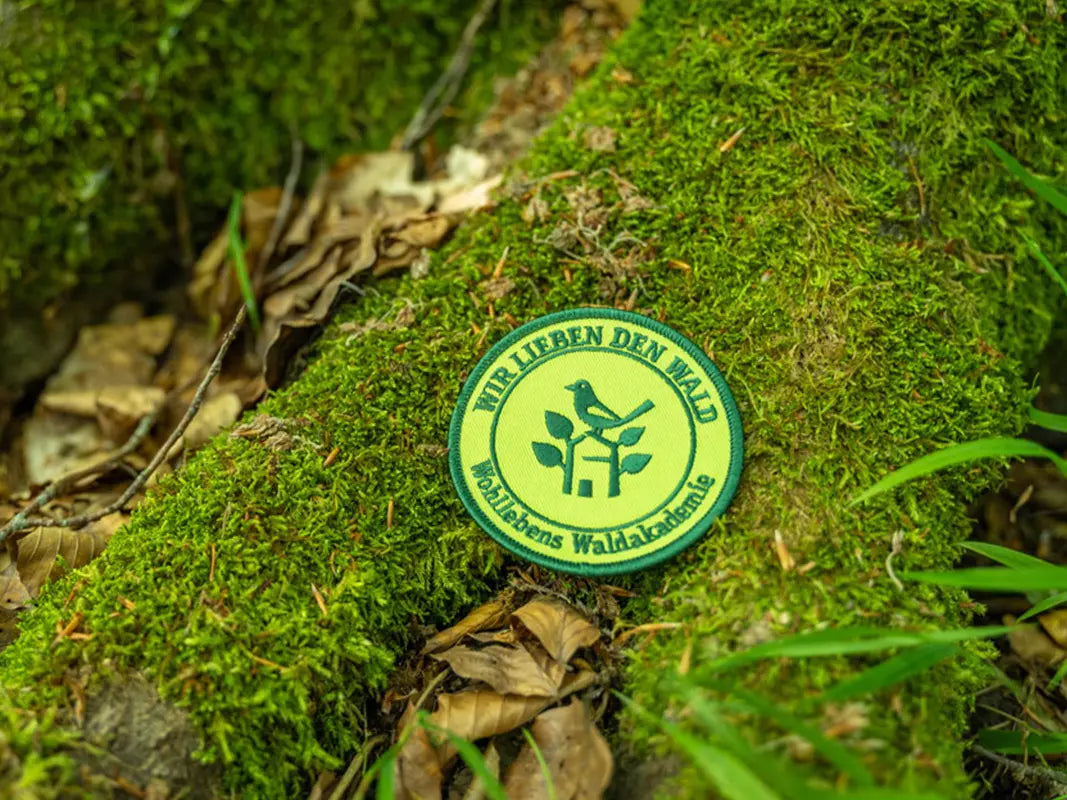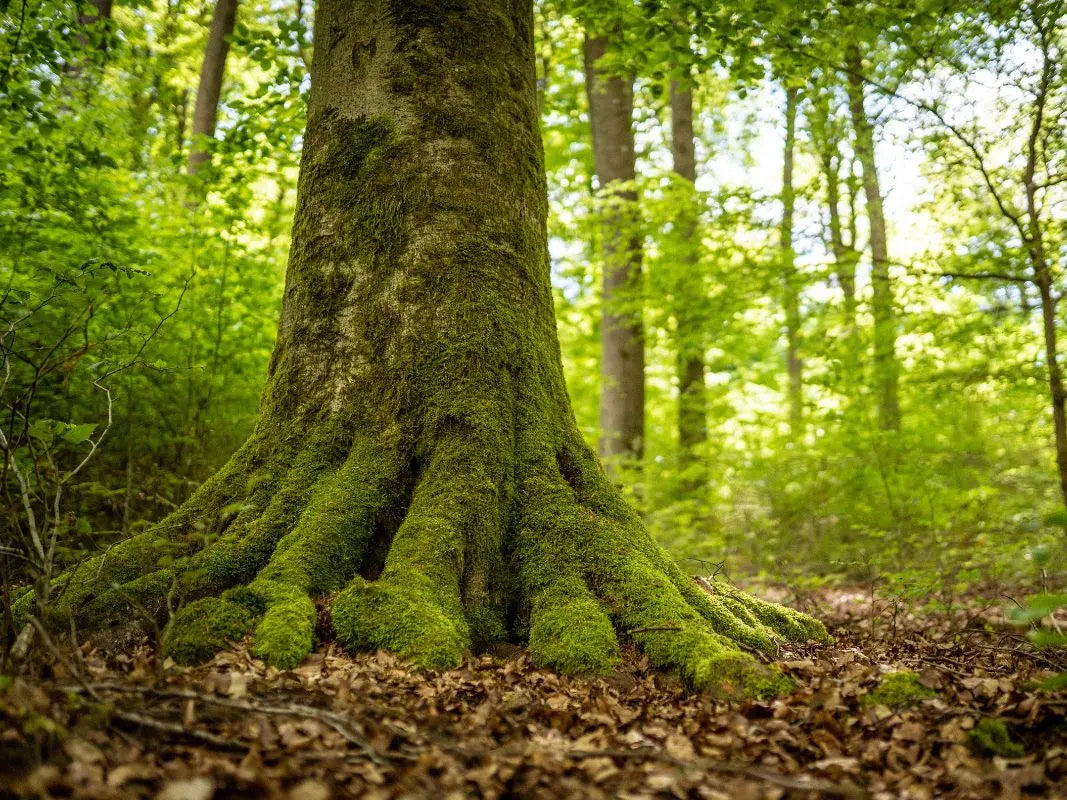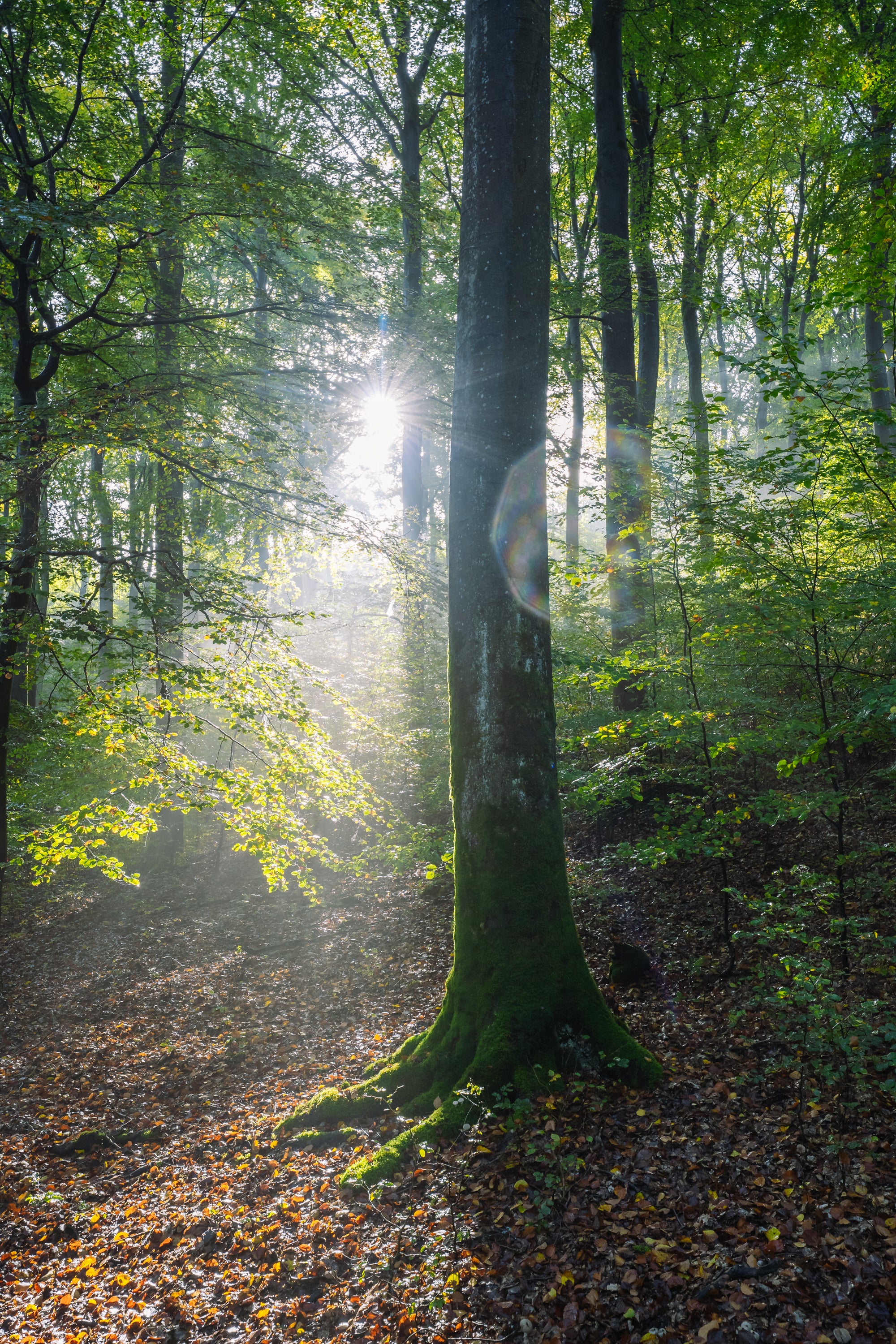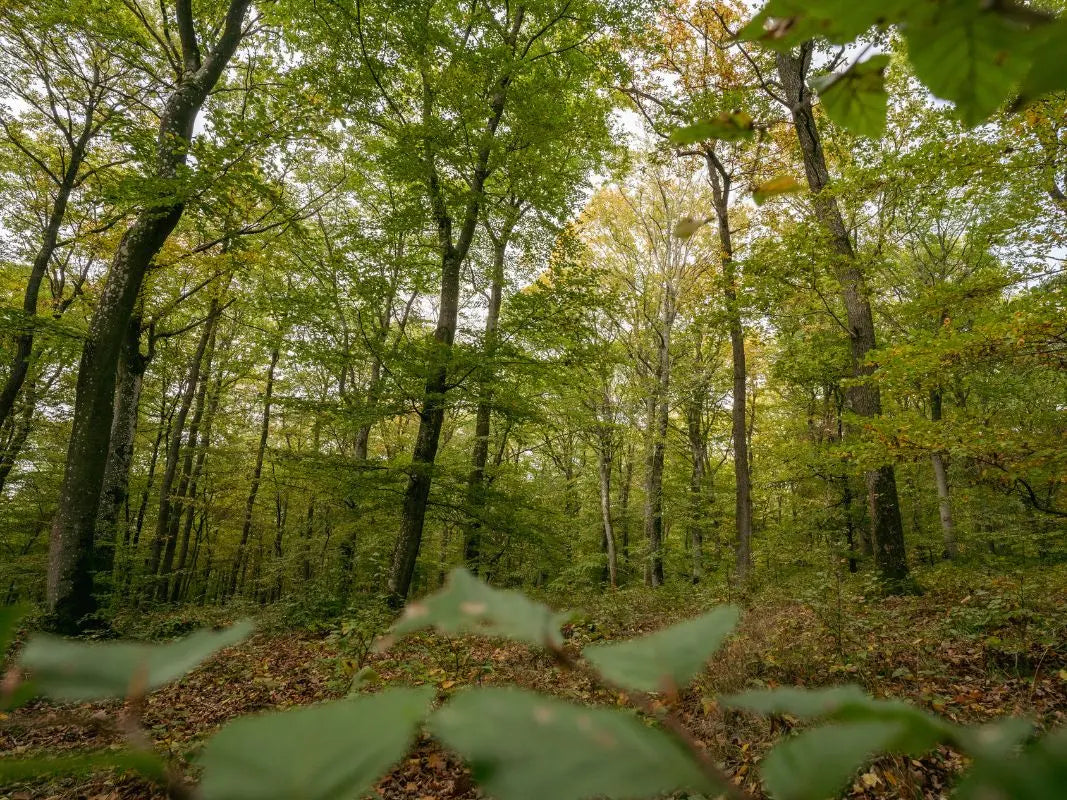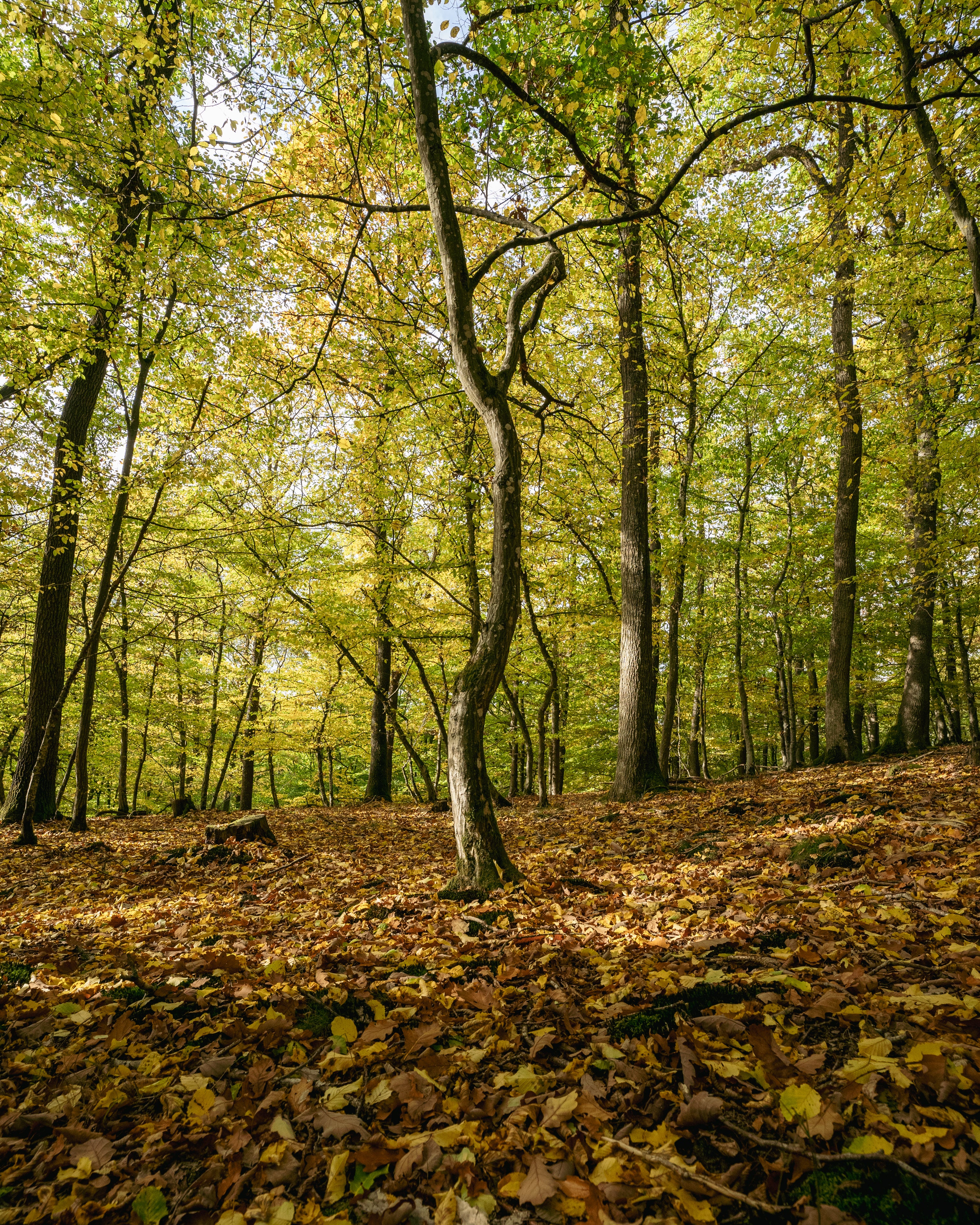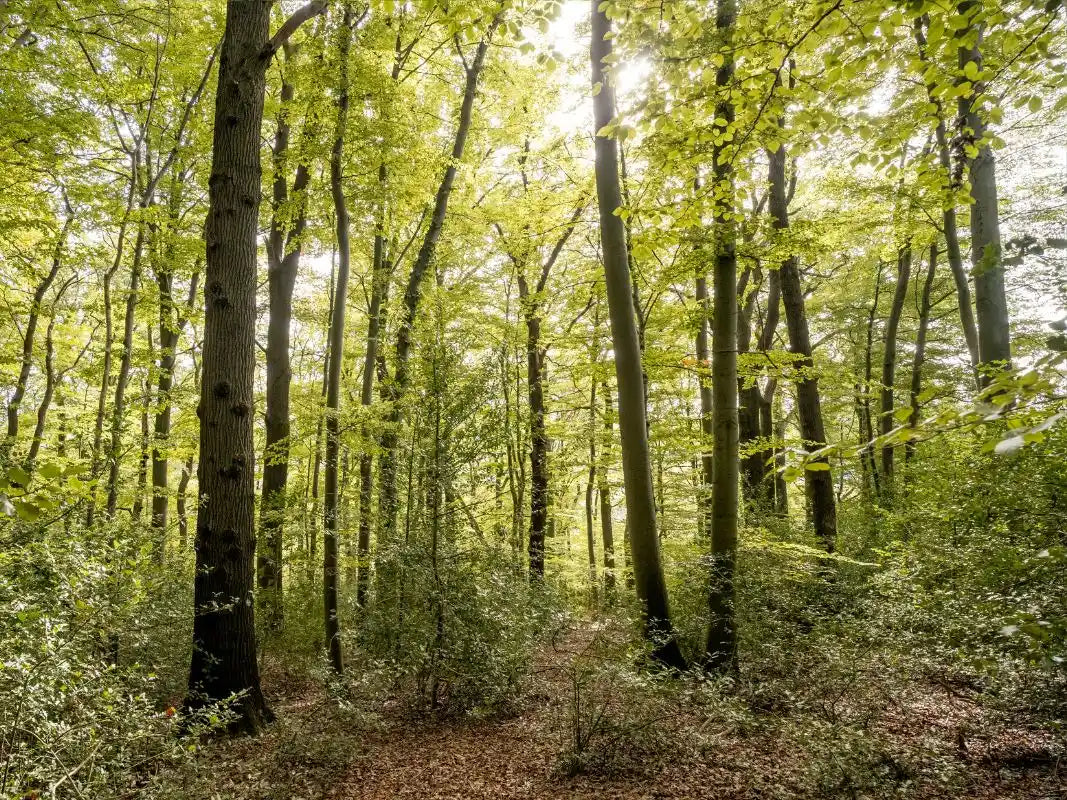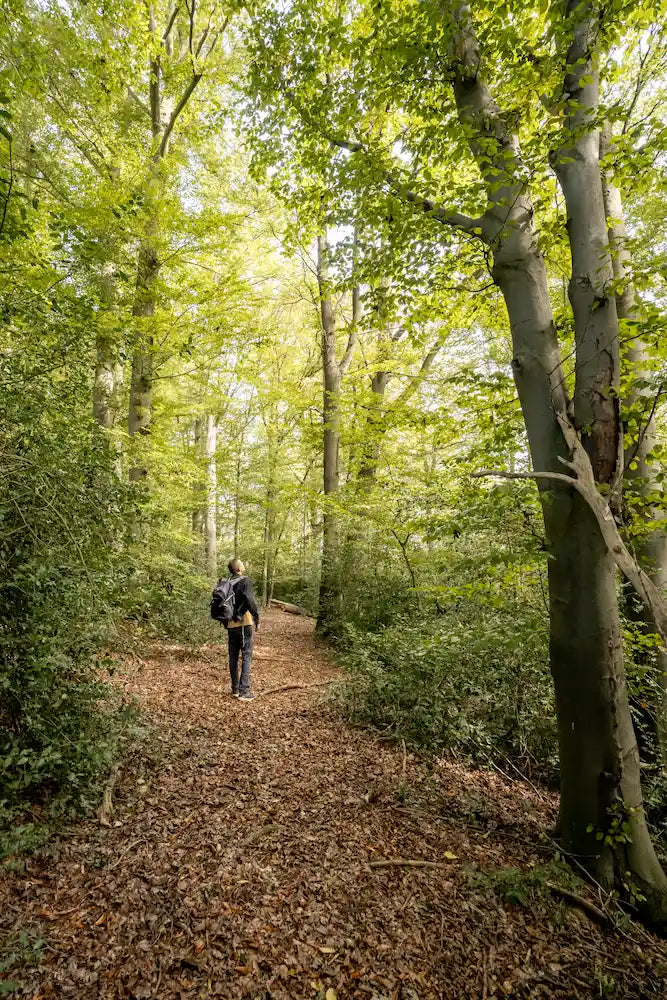FAQ
Das große FAQ zum UrwaldProjekt
In diesem Umfangreichen FAQ wollen wir alle deine Fragen rund um das Projekt beantworten.
Buchungsprozess
Wie funktioniert das UrwaldAbo?
Du suchst dir aus, ob du wöchentlich, monatlich, vierteljährlich oder jährlich eine bestimmte Fläche schützen möchtest. In deinem Profil kannst du das Abo jederzeit beenden.
Wie kann ich bezahlen?
Du kannst via Vorkasse, PayPal, Kreditkarte, Lastschrift, Apple Pay, Google Pay oder Klarna bezahlen.
Erhalte ich eine Urkunde?
Ja, du bekommst direkt nach Kauf eine PDF-Urkunde per Mail zugesendet. Gegen einen kleinen Aufpreis schicken wir dir auch eine Urkunde gedruckt auf 250 g Recyclingpapier per Post zu.
Was ist eine Waldretter-Seite?
Das ist eine individuelle Website für dich. Dort kannst du dein eigenes Waldstück auf einer interaktiven Karte sehen. Zudem findest du dort deine Koordinaten und viele weitere spannende Informationen.
Biologie und Ökologie
Warum sind es alte Laubwälder?
Alte Laubwälder sind die Regenwälder Europas, um die es sehr schlecht bestellt ist. Sie haben nur noch einen sehr kleinen Anteil an der Landfläche. Das möchten wir ändern! Sie sind für hochspezialisierte Tier- und Pflanzenarten enorm wichtig.
Betreibt ihr im Wald Forschung?
Ja, wir haben permanente Messungen zu Temperatur und Luftfeuchtigkeit und Biodiversität auf der Projektfläche. Weitere universitäre Forschung findet durch verschiedene Hochschulen statt.
Findet im UrwaldProjekt Jagd statt?
Grundsätzlich möchten wir alle Lebewesen im UrwaldProjekt konsequent schützen. Aktuell können wir die Ausgestaltung der Jagd jedoch nicht mitbestimmen und diese findet im gesetzlichen Rahmen statt. Allerdings dürfen auf der Fläche keine Schussschneisen freigeschnitten werden. Das erschwert die Jagd in den Projektflächen.
Was passiert bei Sturm im Wald?
Was auf den Weg fällt, wird zurück in die Fläche geschoben. Alles andere bleibt einfach so liegen, wie es gefallen ist. Das gehört mit zu den natürlichen Prozessen in einem Wald.
Welche Tier-, Baum- und Pflanzen-Arten profitieren von dem Projekt?
Mindestens 12.000 verschiedene Arten finden auf den Projektflächen ein zu Hause. Darunter auch einige Spezialisten, die sich nur in alten Laubwäldern wohlfühlen.
Wir haben beispielsweise schon den Schwarzstorch, den Mittelspecht und die Wildkatze beobachten können. Für die Hunsrück-Warzenflechte ist das UrwaldProjekt in Wershofen gar einer von zwei nachgewiesenen Vorkommen weltweit. In den Buchen-Wäldern erfreuen sich mächtige, aber selten gewordene Weiß-Tannen bester Gesundheit und selbst einzelne, vom Aussterben bedrohten Berg-Ulmen, gedeihen hier prächtig.
Leistet der Waldschutz einen Beitrag zum Klimaschutz?
Ohja, einen sehr wichtigen sogar! Die genaue CO2-Wirkung findest du in dem jeweiligen Produkt. Außerdem hat der alte Wald eine enorme Kühlleistung.
50 Jahre Waldschutz - und jetzt?
Wieso nur 50 Jahre und nicht länger?
50 Jahre sind ein Zeitraum, über den wir sicher garantieren können, dass die Fläche geschützt bleibt.
Was passiert nach 50 Jahren?
Es gibt zwei Möglichkeiten: solch wertvolle Wälder sind in 50 Jahren bereits per Gesetz geschützt oder aber wir streben eine Verlängerung des Schutzzeitraums an. Klar ist, auch nach 50 Jahren soll der Wald geschützt bleiben!
Was passiert, wenn ich den Wald nicht schütze?
Im UrwaldProjekt schützen wir sehr wertvolle, alte Wälder, die schon jetzt recht urwaldnah sind. Wenn wir die Wälder nicht gemeinsam schützen, so würden dort allerdings fast alle alten Bäume perspektivisch gefällt werden. Das möchten wir verhindern, weil insbesondere alte Bäume wahnsinnig wichtig und viel zu selten sind.
Wie viel CO2 wird in den 50 Jahren pro Quadratmeter gebunden?
Das variiert je nach Waldfläche. Die Informationen findest du im jeweiligen Produkt. Die Werte schwanken zwischen 50 und 90 KG CO₂ pro Quadratmeter. Für die Ermittlung der Senkenleistung nutzen wir anerkannte Berechnungsmethoden. Für die Berechnung nutzen wir einen großzügigen Sicherheitspuffer von 40 %.
Allerdings ist in Zeiten des Klimawandels zunehmend unsicher, wie schnell die Bäume wachsen – Wälder könnten im Verlauf der Klimaveränderung auch zu CO₂ Quellen werden. Deshalb soll das UrwaldProjekt kein Kompensationsprojekt darstellen.
Ist der Wald wirklich sicher vor Eingriffen?
Ja, ganz sicher. Das ist durch einen Notar im Grundbuch abgesichert. Außerdem sind wir regelmäßig in den Schutzgebieten unterwegs und schauen nach dem Rechten.
Warum kauft ihr den Wald nicht?
Ökologisch wertvolle Flächen, die unseren Ansprüchen (mind. 20 Hektar wertvollen, alten Laubbaumbestands in Deutschland) genügen, werden leider so gut wie gar nicht zum Kauf angeboten. Andernfalls würden wir dies gerne tun.
Es gibt doch Naturschutzgebiete - warum dann das UrwaldProjekt?
Naturschutzgebiet ist nicht gleich Waldschutzgebiet. Das heißt, dass in den meisten Schutzgebieten weiterhin Holz eingeschlagen wird.
Wie werden die Waldbesitzenden entschädigt?
Die Waldbesitzenden werden von uns finanziell so entschädigt, dass sie mehr Geld erhalten, als sie mit dem Holzeinschlag verdienen würden. Daher ist das Projekt durchaus für die Waldbesitzenden attraktiv.
Was passiert, wenn keine Fläche mehr da ist?
Wir sind stetig auf der Suche nach weiteren, schützenswerten Wäldern, sodass immer mehr Waldschutzgebiete entstehen.
Waldschutz vs. Aufforstung
Warum ist Waldschutz gut?
Geschützte Wälder speichern schon sofort CO₂ und sind bereits jetzt Heimat für unzählige Lebewesen. Studien zeigen, dass insbesondere geschlossene Laubwälder dem Klimawandel besonders gut standhalten können.
Ist es nicht besser, neue Bäume zu pflanzen?
Bäume pflanzen im Wald macht sicherlich Spaß, leistet aber keinen Mehrwert für Klima und Natur. Denn Waldbesitzende sind ohnehin gesetzlich dazu verpflichtet wieder aufzuforsten. Studien zeigen zudem, dass junge Wälder in den ersten Jahrzehnten mehr CO₂ ausstoßen, als sie binden. Aufforstungsprojekte auf landwirtschaftlichen Flächen machen als Ergänzung zum Waldschutz auf jeden Fall auch Sinn. So wächst die Waldfläche in Deutschland. Ausführliche Informationen findest du hier: Aufforstungsprojekte in Deutschland
Pflanzt ihr im UrwaldProjekt Bäume?
Nein, im UrwaldProjekt werden keine Bäume gepflanzt. Der Gedanke des Projekts ist: Natur Natur sein lassen. Da müssen wir nicht eingreifen, der Wald wächst auch ohne unsere Hilfe – übrigens schon seit 300 Mio. Jahren.
Wie viele Bäume stehen auf einem Quadratmeter?
Das kann ganz unterschiedlich sein. Mal können 7-10 kleine Bäumchen (z.B. bis 30 cm) auf einem Quadratmeter stehen, mal eine 160 Jahre alte Buche, mal gar kein Baum. Dafür haben dort viele Insekten, Pilze und Pflanzen ihr zuhause. In einem Ökosystem ist jeder Quadratmeter wichtig.
Meinen Wald erleben
Gibt es Wanderwege im Projekt?
Ja, es gibt Wanderwege. Unter anderem den von uns in Wershofen angelegten „Waldretter-Trail“, den wir sehr empfehlen können.
Auf deiner Waldretter-Seite findest du zudem eine Komoot-Collection mit vorgeschlagegen Wanderrouten durch deinen Wald.
Kann ich meinen Wald besuchen?
Du kannst deinen Wald jederzeit besuchen. Die Koordinaten findest du auf deiner Urkunde und auf deiner Waldretter-Seite. Einen Link zu deinen Koordinaten via Google-Maps findest du dort auch.
Sind auch Wege geschützt?
Die Wege sind aus der Projektfläche ausgenommen, da sie freigehalten werden müssen.
Wie kann ich an einer Führung mit euch teilnehmen?
Wir bieten regelmäßige UrwaldProjekt-Führungen an, die du regulär buchen kannst. Ab einer Schutzfläche von 75 m² bzw. 95 m² (mit einem Kauf), kannst du mit einer Begleitperson kostenfrei an dieser Führung teilnehmen. Schreib uns gerne eine Mail oder nenne deinen Wunschtermin direkt beim Aufgeben der Bestellung.
Wo finde ich meine Koordinaten?
Du findest deine Koordinaten auf der Urkunde oder auf deiner Waldretter-Seite. Wenn du sie nicht mehr findest, dann melde dich gerne bei uns.
Rechte (und Pflichten?)
Welche Pflichten habe ich?
Mit deiner Schutzpatenschaft gehen keinerlei Pflichten einher.
Welche Pflichten hat die Waldakademie?
Wir kontrollieren die Fläche und sorgen dafür, dass den Pflanzen und Bäume kein Schaden durch menschliche Eingriffe entsteht. Wir führen kleinere Forschungsprojekte durch. Wir kontrollieren die Flächen und Wege nach Sturm. Wir verwalten das Projekt für die kommenden 50 Jahre.
Wer kontrolliert, dass die Fläche sicher geschützt ist?
Das übernimmt das Team der Waldakademie höchstpersönlich.
Darf ich im Wald übernachten?
Das ist nicht erlaubt, nein. Aber schau doch mal hier vorbei: Eine Nacht unter freiem Himmel
Wer ist Eigentümer*in und wer Besitzer*in des Waldes?
Die Gemeinden (Wershofen, Nohn und Rodder) und eine Privatperson (Lohmar) sind Eigentümerinnen des Waldes und Wohllebens Waldakademie die Besitzerin.
Was bin ich für den Wald?
Schutzpate und Waldretter*in.
Welche Rechte habe ich?
Du darfst den Wald in vollen Zügen genießen und jederzeit vor Ort anschauen. Natürlich darfst du auch von deinem Engagement berichten.
Marketing
Darf ich Bilder aus dem Projekt verwenden?
Sehr gerne. Du findest Bilder aus deinem Schutzgebiet auf deiner Waldretter-Seite zum Download.
Darf ich euer Logo verwenden?
Das ist nach vorheriger Absprache möglich. Bitte schreib uns diesbezüglich eine Nachricht an info@wohllebens-waldakademie.de
Darf ich meine Urkunde veröffentlichen?
Jederzeit, sehr gerne.
Darf ich euer Waldretter-Siegel verwenden?
Ab einer Schutzfläche von 500 qm und nach vorheriger Absprache darfst du unser Waldretter-Siegel nutzen.
Darf ich meine Wald-Patenschaft auf den sozialen Netzwerken teilen?
Na klar! Verlinke uns gerne @dasurwaldprojekt auf Instagram.
Jetzt Wald schützen
Schreibe uns eine Nachricht
Telefonisch erreichst du uns unter der:
02694-9113210

